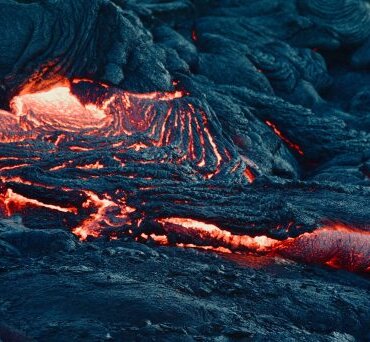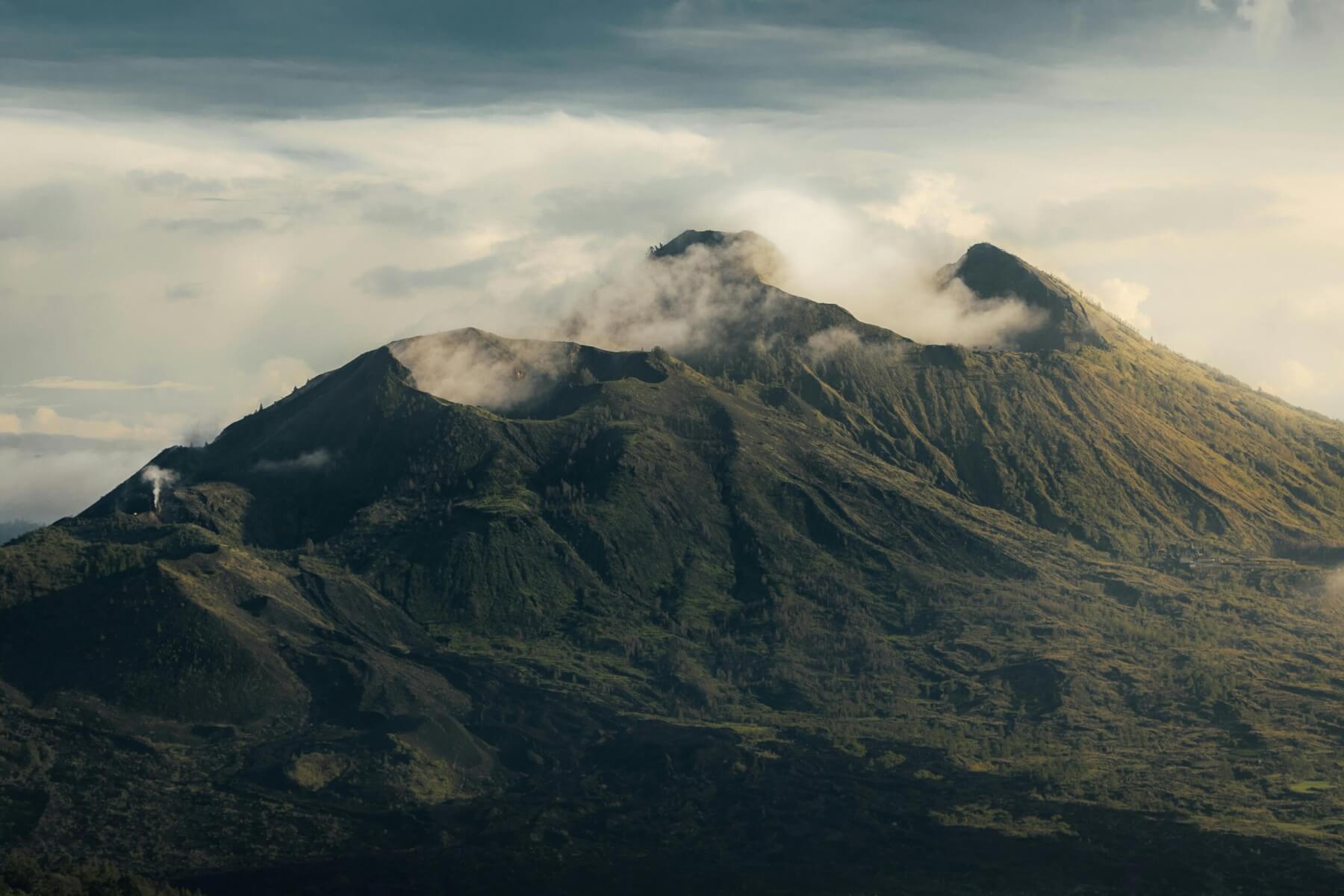
Volcano
Every now and then, an eruption in Indonesia captures global headlines—and for good reason. One of the most recent is Lewotobi Laki-laki, but it won’t be long before another volcano makes the news.

Birds eye view of Indonesian volcanos. Photo: Nick Wehrli pexels.com
Indonesia has one of the highest numbers of active volcanoes—defined as those that have erupted within the past 12,000 years and are therefore likely to erupt again. According to the Global Volcanism Program (GVP, where I used to work), Indonesia ranks fourth globally, behind the United States, Japan, and Russia, with 108 active volcanoes. I recommend exploring the GVP website with numerous eruption descriptions and photographs.

Janine Krippner
The Indonesian archipelago is a nation of islands —13,558, according to a 2022 satellite-based study. This region is shaped by the Sunda Arc, a subduction zone where the Indo-Australian tectonic plate dives beneath the Eurasian plate. As the plate subducts, it undergoes intense pressure and heating, which releases water into the overlying mantle. This lowers the melting point of the hot rock, generating magma.
This “magma kitchen” fuels the country’s abundant volcanic activity. But Indonesia’s geological hazards don’t stop there. Its tectonic setting also brings frequent earthquakes—and, as we saw on Boxing Day 2004, tsunamis. Landslides, floods, and severe weather events are common, too.
People often ask why locals don’t “just” move away from the volcanoes. But with hazards widespread and options limited—not to mention the cultural, spiritual, economic, and personal ties to place—the answer isn’t so simple. It deserves compassion, not judgment.
Volcanoes also help shape the islands’ rich ecosystems, fertile soils, stunning landscapes, and tourism opportunities. Living in a volcanically active nation brings both beauty and risk.
While many small eruptions occur regularly, larger ones are not uncommon. These can produce high ash plumes, deadly pyroclastic flows, and—when eruption deposits combine with rainfall—dangerous lahars. Visitors should always check for exclusion zones and follow local guidance.
Indonesia has produced some of the world’s most significant eruptions. The 1883 eruption of Krakatau (often misspelled as Krakatoa) and its resulting tsunami is one such example, as well as the more recent collapse of the cone and tsunami in 2018. The colossal eruption of Toba around 75,000 years ago is another. Tambora produced one of the world’s largest historical eruptions in 1815, with the right conditions to impact the climate and cause “The year without summer”.
Many eruptions have tragically resulted in fatalities, brutally changing the lives of the nearby inhabitants—and, unfortunately, this will likely happen again.
Indonesian volcanoes have even shaped my own life. The 2017 unrest and eruption at Mount Agung catapulted me into science and crisis communication, eventually leading to this very newspaper column.
If you’re planning to visit, it’s essential to rely on accurate, trusted information. I’ve seen firsthand how misleading clickbait headlines can distort the facts. A good place to start is the ‘Magma Indonesia’ website, run by local experts and the country’s official monitoring agency. Volcanic ash-related flight disruptions aren’t uncommon in the region, so be sure your travel insurance covers such events.








